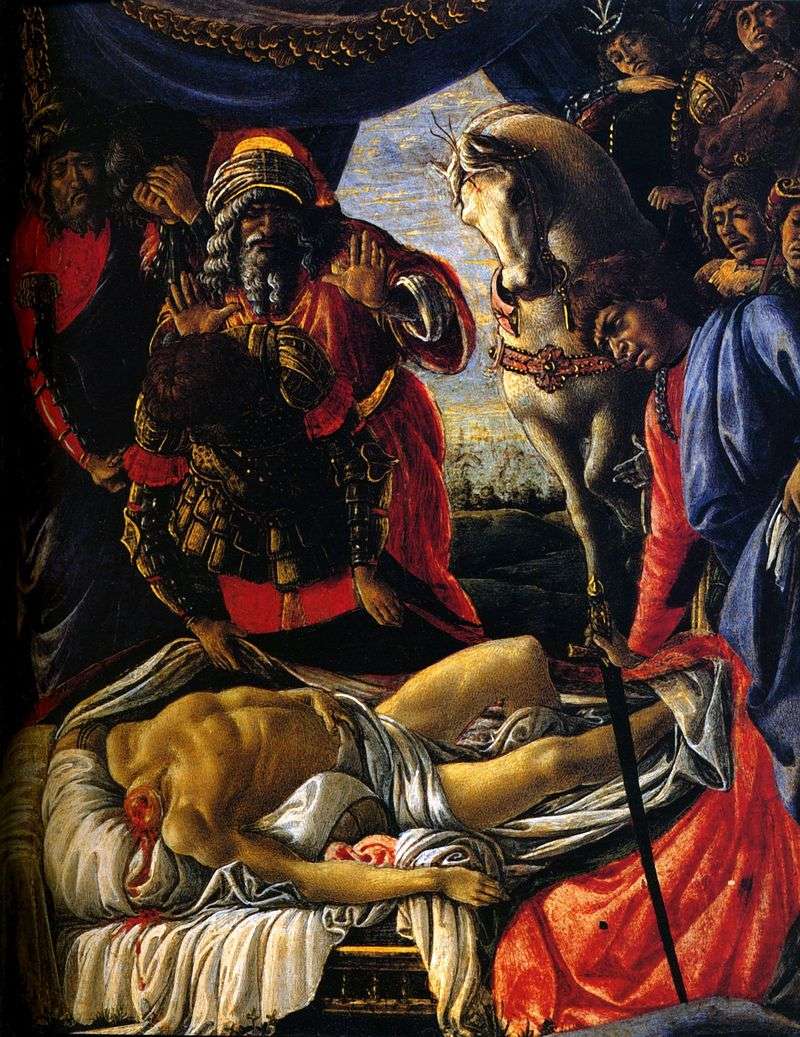
“Finding the body of Holofernes” and “Return of Judith to Vetiluy” – these two small but excellent compositions in their mastery are written in the noncanonical text of the Old Testament. Holofernes, the leader of the army of the king of Assyria, Nebuchadnezzar, terrorizing neighboring nations, besieged the Israeli jury Vetilia. The population, having lost courage, decided to surrender to the enemy. Only a young widow, Judith, found the courage to resist.
Having changed her mourning clothes for a magnificent outfit, she appeared in the camp of the enemies and told them that she wanted to indicate the way of a bloodless victory over the defenders of the city. Holofernes was fascinated by a beautiful woman and invited her to a feast. Passion and wine obscured the consciousness of Holofernes, and then Judith chopped off his head. Together with the maid, she safely reached Vetiliui. Having learned that the formidable Holofernes was beheaded by a woman, the Assyrians fled in panic. So the heroic act of Judith brought her people a triumph.
The scene “Finding the body of Holofernes” is shown with great dramatic expressiveness. A group of people experiencing fear, despair and sorrow surrounded the box with crumpled sheets and a veil over which the captain’s beheaded body was prostrated.
The atmosphere of horror is emphasized by a gloomy color, especially the blows of red, passing through the whole composition. All the details, even the curtain, heavily hanging over the entrance to the tent, even the eyes of the horse, are involved in the horror.
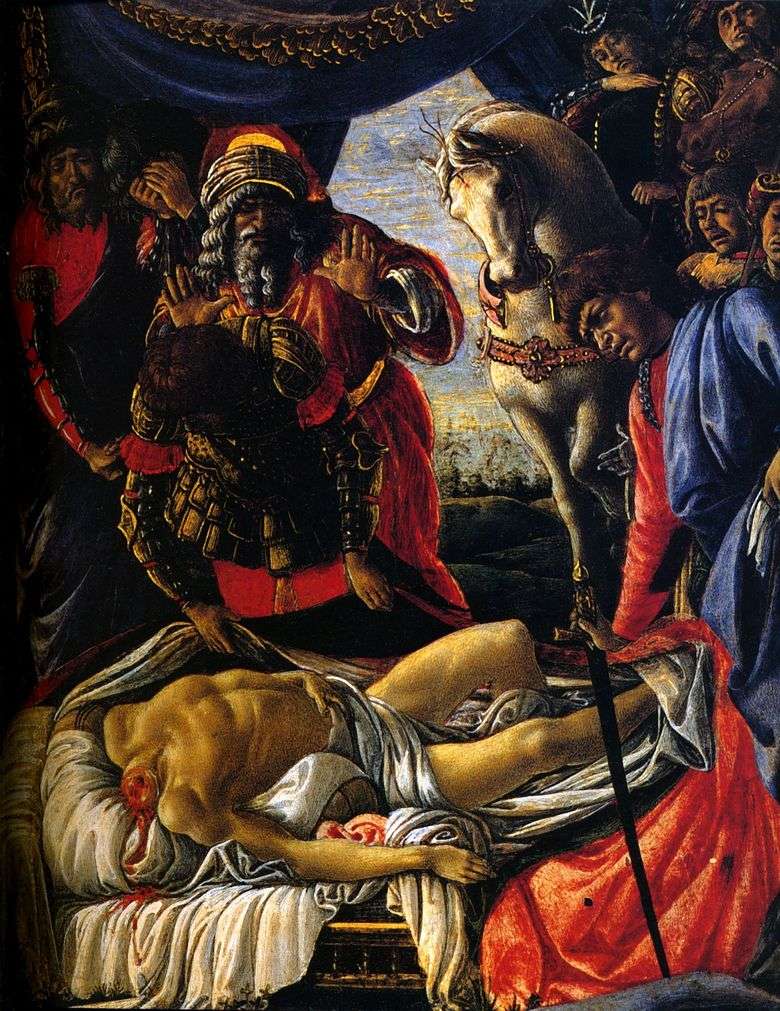 Encontrando el cuerpo de Holofernes – Sandro Botticelli
Encontrando el cuerpo de Holofernes – Sandro Botticelli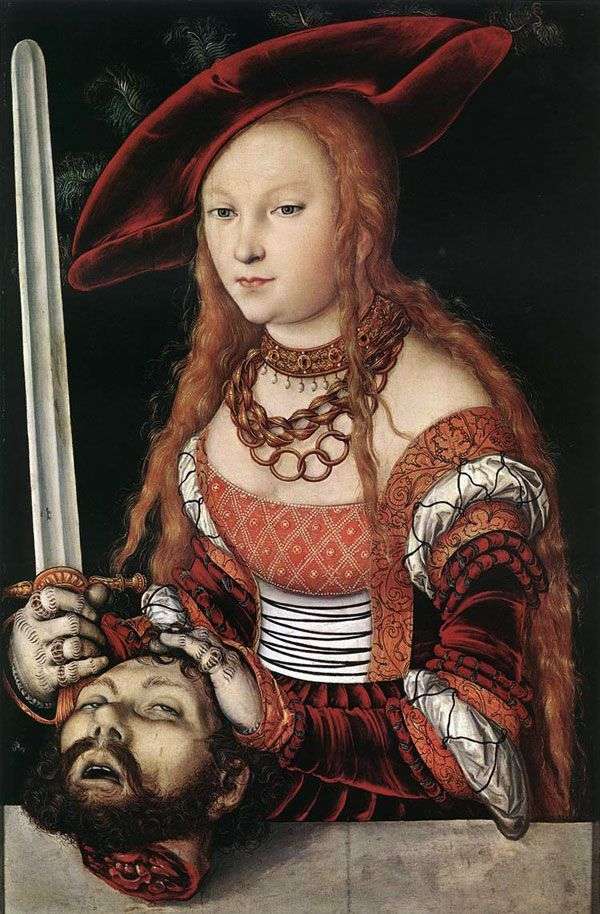 Judith con la cabeza de Holofernes – Lukas Cranach
Judith con la cabeza de Holofernes – Lukas Cranach Return of Judith to Vetiluy by Sandro Botticelli
Return of Judith to Vetiluy by Sandro Botticelli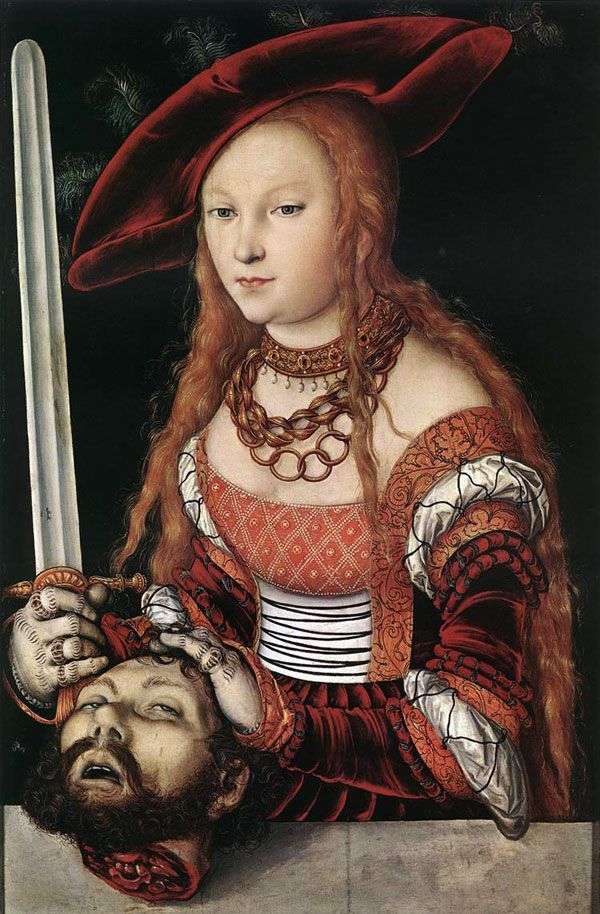 Judith with the head of Holofernes by Lucas Cranach
Judith with the head of Holofernes by Lucas Cranach Judith, killing Holofernes by Michelangelo Merisi da Caravaggio
Judith, killing Holofernes by Michelangelo Merisi da Caravaggio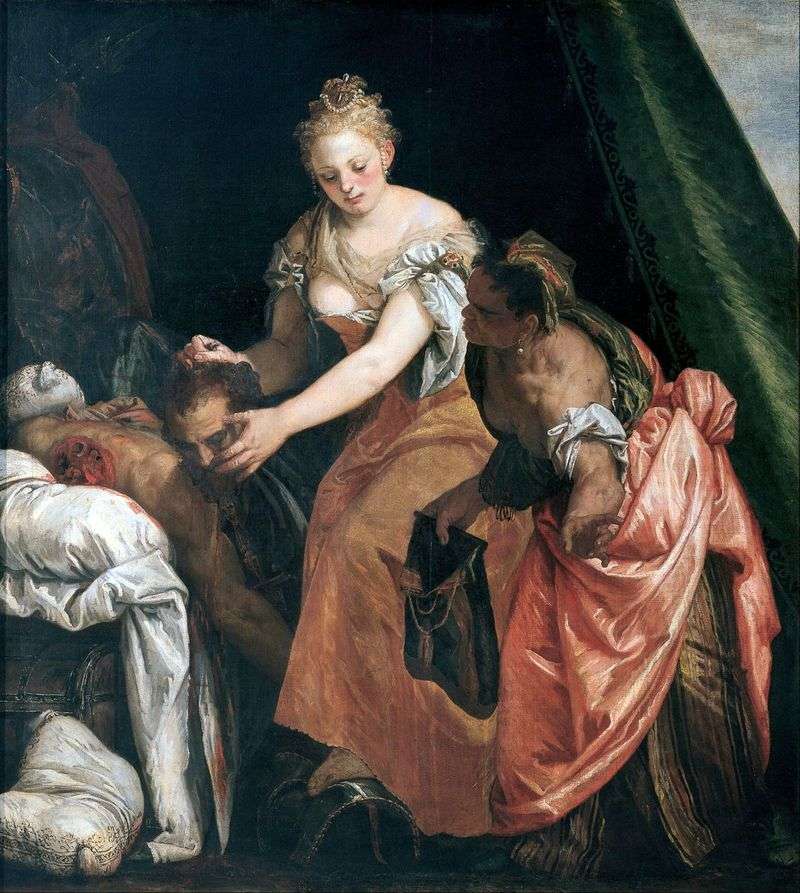 Murder of Holofernes by Paolo Veronese
Murder of Holofernes by Paolo Veronese Judith with the head of Holofernes by Cristofano Allori
Judith with the head of Holofernes by Cristofano Allori Judith matando a Holofernes – Michelangelo Merisi da Caravaggio
Judith matando a Holofernes – Michelangelo Merisi da Caravaggio